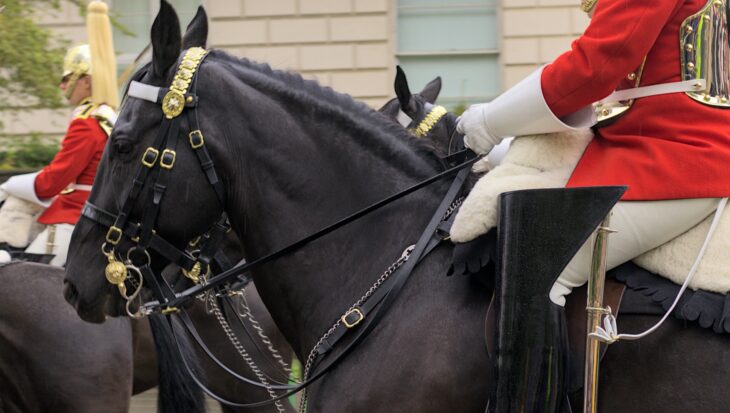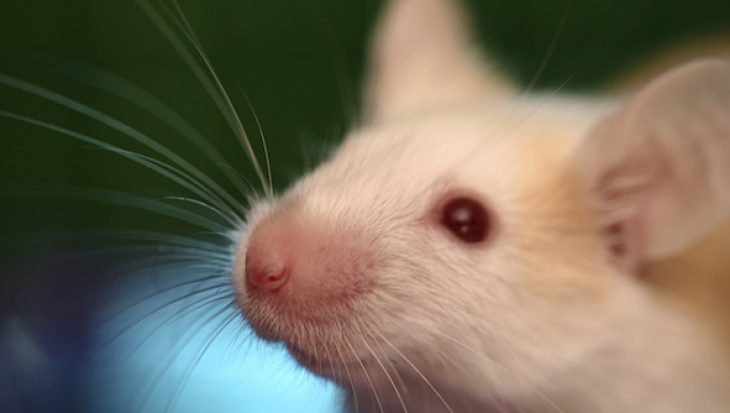I can still remember the shock I experienced some 15 years ago when a woman I was chatting to in a neighbouring holiday cottage took several swift paces forward and stamped on a spider who was harmlessly making his way across the room. It was the casual, automatic nature of the act that stunned me. The fact that our rented cottages were in woodland and spiders and other animal life were an indigenous part of the landscape had no meaning for this woman.
Crushing animals underfoot is not, sadly, an uncommon way of relating to our co-inhabitants of this earth. Sometimes the impulse arises from fear (Eeek! It’s coming to get me!) Other times, the motivation is simple intolerance of non-human, and therefore ‘invasive’, life.
We also destroy animals because of a warped kind of admiration felt for them. Regular visitors to the website will know about the successes Animal Aid has had in curbing the sale of ‘exotic’ animals such as birds and reptiles – many of them snatched violently from the wild and transported vast distances. The fate of the survivors is to end up confined, often alone, in a cage or a tank – the property of individuals who imagine that by displaying their captive exotica they are signifying a love of ‘the wild’. They fail to see that they have utterly destroyed that which they profess to admire.
Even many animal dealers delude themselves into believing that they are promoting ‘respect for nature’ and actually helping in the conservation of oppressed species. We know this from the self-righteous and often threatening communications we have had from such people.
When our species is not crushing or confining wild animals, we frequently use them as a source of entertainment. Non-invasive observation of bears, big cats or aardvarks is harmless enough and can make good television. But so much wildlife programming criminally truncates the complex lives of its subjects, serving up instead, footage of animals killing and copulating, with little in between. This reinforces the message that nature is crude and merciless, while omitting (or at least downplaying) the fact that other species thrive precisely because they are co-operative in their family and social relationships.
For so long as it can be moronically recited that ‘nature is red in tooth and claw’ then those who take a bloody delight in assaulting other animals will have their justification.
This last point, of course, applies to the sporting types who mass-produce pheasants in sheds and rearing pens so that they can be shot down by individuals paying anywhere from £200 to £1500-plus per day. Even though the majority of the 35 million birds reared annually are not eaten, the pheasant killers wish to convince the world that what they are doing is wholesome, traditional and environmentally harmonious. Where would humanity be without its moral camouflage!
We come back to the phenomenon of self-delusion, which, in turn, derives from our unhealthy relationship with the non-human world.
Our message – not least in this season of Goodwill and Peace on Earth – must be that people have no right to intrude upon or possess other animals. Unless individual animals are in genuine need of our help and we can selflessly offer it, then we best show our respect for that which is wild by keeping our distance.

